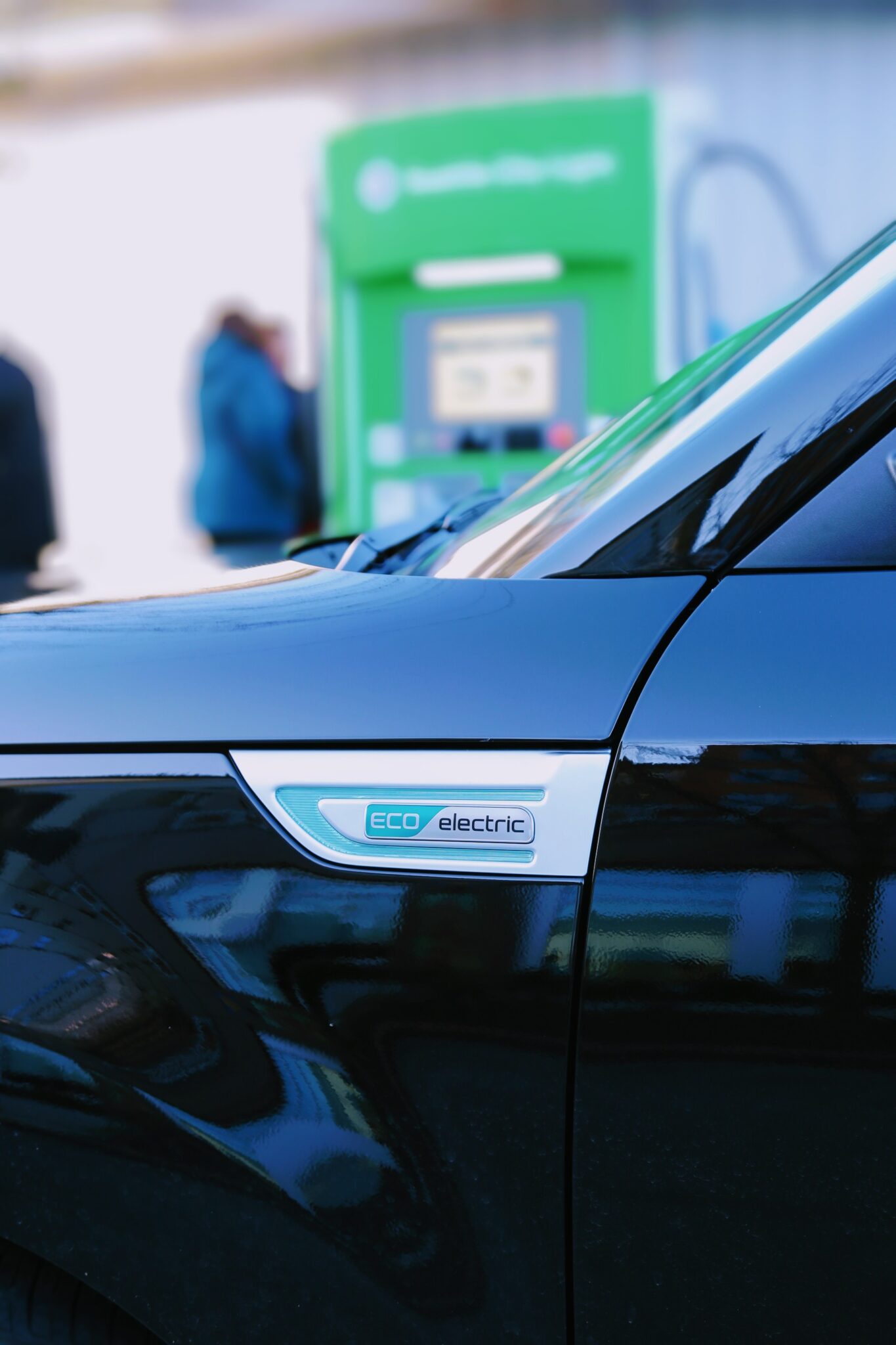What Do I Need to Know Before Shopping for an EV? – Powerlines
What Do I Need to Know Before Shopping for an EV? - Powerlines seattle.gov


What You Need to Know Before Shopping for an Electric Vehicle

Electric vehicles (EVs) have rapidly improved in availability, charging speed, and cost. As more measures aimed at increasing the number of EVs on the road come into effect, EVs are now an attractive and competitive option for most new and used car buyers.
However, many of us still have a lot of questions about vehicle types, affordability, charging and more. When shopping for an EV, make sure to learn key industry terms, whether you can benefit from any incentives or tax credits, and if buying or leasing is right for you.
This is part one of a series on electric vehicles aimed to answer those questions and help you make an informed decision. Today, we’re focusing on what you need to know before shopping for an electric vehicle.
What terms do I need to know?
Any consideration of buying or leasing an electric car begins with an explanation of some key terms.
EV Types
There are specific EV types, such as battery-electric vehicles, plug-in hybrid-electric vehicles and others. However, EV is the catch-all term for a battery-powered vehicle that uses electric motors for propulsion and batteries that you can recharge.
Range
An EV’s range is arguably one of the most important terms. Range is how far the vehicle can travel on a single charge, and it relates to an EV’s battery size and the vehicle’s efficiency. The battery size is measured in kilowatt hours (kWh), which is a measure of the amount of energy stored in the battery. So, since an EV’s battery size is measured in kWh, it’s helpful to think of this as you would the number of gallons a gas tank can hold in a conventional car. An EV’s efficiency depends mostly on the weight and aerodynamics of the vehicle and is measured in miles per kWh, like how the efficiency of a gas car is measured in miles per gallon.
Because EV charging stations are not as widely available as gas stations, and because EV charging takes longer than refueling with gas, range has become a main topic for potential EV buyers who are concerned about how far their vehicle can go between charges. In fact, “range anxiety” has joined the public lexicon to capture this concern.
Charging
To alleviate range anxiety, understanding EV charging is important. Charging is refilling an EV’s battery with electricity. There are three types of chargers available for your EV:
- Level 1 Charging: the slowest option but also the most available. Simply purchase your vehicle, plug it into a standard 120-volt electrical outlet and start charging.
- Level 2 Charging: a faster option that uses 240-volt electricity, like what a laundry dryer uses, that can provide a midsize EV with 25 to 35 miles of range per hour of charge time.
- DC Fast Charging: the fastest option available, but only suitable for public charging because of high cost and large power requirements.
When shopping for an EV, think about your range like a fuel tank. How many miles are you currently getting out of your tank of gas? How often do you fill it up? Use those answers to calculate your commute and compare vehicle fuel costs online
SDGs, Targets, and Indicators
| SDGs | Targets | Indicators |
|---|---|---|
| SDG 7: Affordable and Clean Energy | 7.3: Double the global rate of improvement in energy efficiency | No specific indicators mentioned in the article |
| SDG 9: Industry, Innovation, and Infrastructure | 9.4: Upgrade infrastructure and retrofit industries to make them sustainable | No specific indicators mentioned in the article |
| SDG 11: Sustainable Cities and Communities | 11.2: Provide access to safe, affordable, accessible, and sustainable transport systems for all | No specific indicators mentioned in the article |
| SDG 13: Climate Action | 13.2: Integrate climate change measures into national policies, strategies, and planning | No specific indicators mentioned in the article |
1. Which SDGs are addressed or connected to the issues highlighted in the article?
SDG 7: Affordable and Clean Energy
The article discusses electric vehicles (EVs) as an alternative to traditional gasoline-powered cars. EVs contribute to clean energy by reducing greenhouse gas emissions and dependence on fossil fuels.
SDG 9: Industry, Innovation, and Infrastructure
The article mentions the improvement in availability, charging speed, and cost of EVs. This highlights the innovation and development of infrastructure required for the adoption of electric vehicles.
SDG 11: Sustainable Cities and Communities
The article emphasizes the importance of understanding EV charging and range to alleviate range anxiety. This relates to the goal of providing access to safe, affordable, accessible, and sustainable transport systems for all.
SDG 13: Climate Action
The adoption of electric vehicles contributes to climate action by reducing greenhouse gas emissions and mitigating the impacts of climate change.
2. What specific targets under those SDGs can be identified based on the article’s content?
Target 7.3: Double the global rate of improvement in energy efficiency
The article discusses the improvement in energy efficiency of electric vehicles compared to traditional gasoline-powered cars.
Target 9.4: Upgrade infrastructure and retrofit industries to make them sustainable
The article mentions the availability of different types of chargers for electric vehicles, highlighting the need for infrastructure development to support EV charging.
Target 11.2: Provide access to safe, affordable, accessible, and sustainable transport systems for all
The article emphasizes the importance of understanding EV range and charging to provide access to sustainable transport options for all individuals.
Target 13.2: Integrate climate change measures into national policies, strategies, and planning
The adoption of electric vehicles aligns with the integration of climate change measures into national policies and strategies to reduce greenhouse gas emissions.
3. Are there any indicators mentioned or implied in the article that can be used to measure progress towards the identified targets?
No specific indicators are mentioned or implied in the article that can be used to measure progress towards the identified targets. However, indicators such as the increase in the number of electric vehicles on the road, the expansion of EV charging infrastructure, and the reduction in greenhouse gas emissions from transportation can be used to measure progress towards these targets.
4. SDGs, Targets, and Indicators
| SDGs | Targets | Indicators |
|---|---|---|
| SDG 7: Affordable and Clean Energy | 7.3: Double the global rate of improvement in energy efficiency | No specific indicators mentioned in the article |
| SDG 9: Industry, Innovation, and Infrastructure | 9.4: Upgrade infrastructure and retrofit industries to make them sustainable | No specific indicators mentioned in the article |
| SDG 11: Sustainable Cities and Communities | 11.2: Provide access to safe, affordable, accessible, and sustainable transport systems for all | No specific indicators mentioned in the article |
| SDG 13: Climate Action | 13.2: Integrate climate change measures into national policies, strategies, and planning | No specific indicators mentioned in the article |
Behold! This splendid article springs forth from the wellspring of knowledge, shaped by a wondrous proprietary AI technology that delved into a vast ocean of data, illuminating the path towards the Sustainable Development Goals. Remember that all rights are reserved by SDG Investors LLC, empowering us to champion progress together.
Source: powerlines.seattle.gov

Join us, as fellow seekers of change, on a transformative journey at https://sdgtalks.ai/welcome, where you can become a member and actively contribute to shaping a brighter future.








